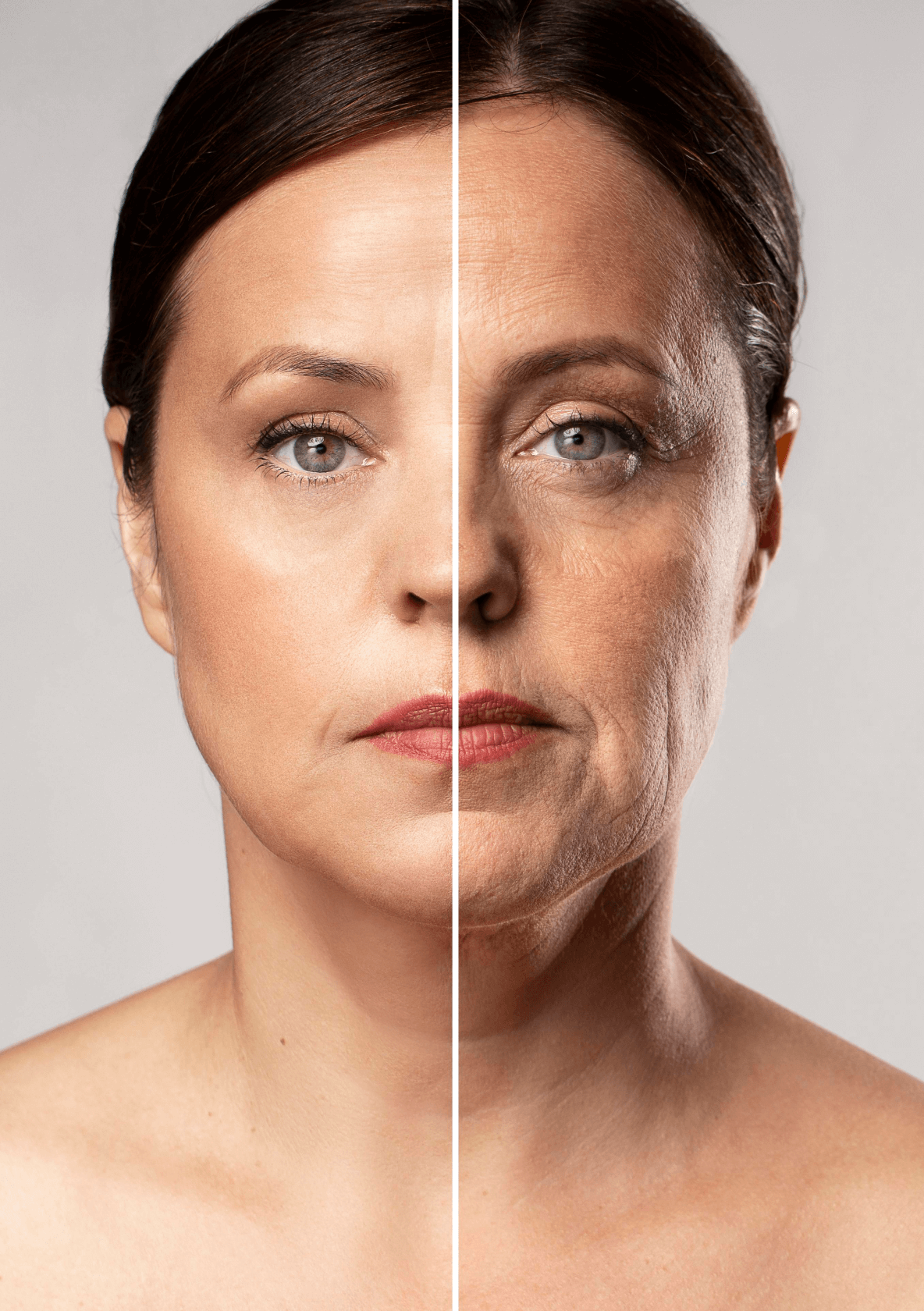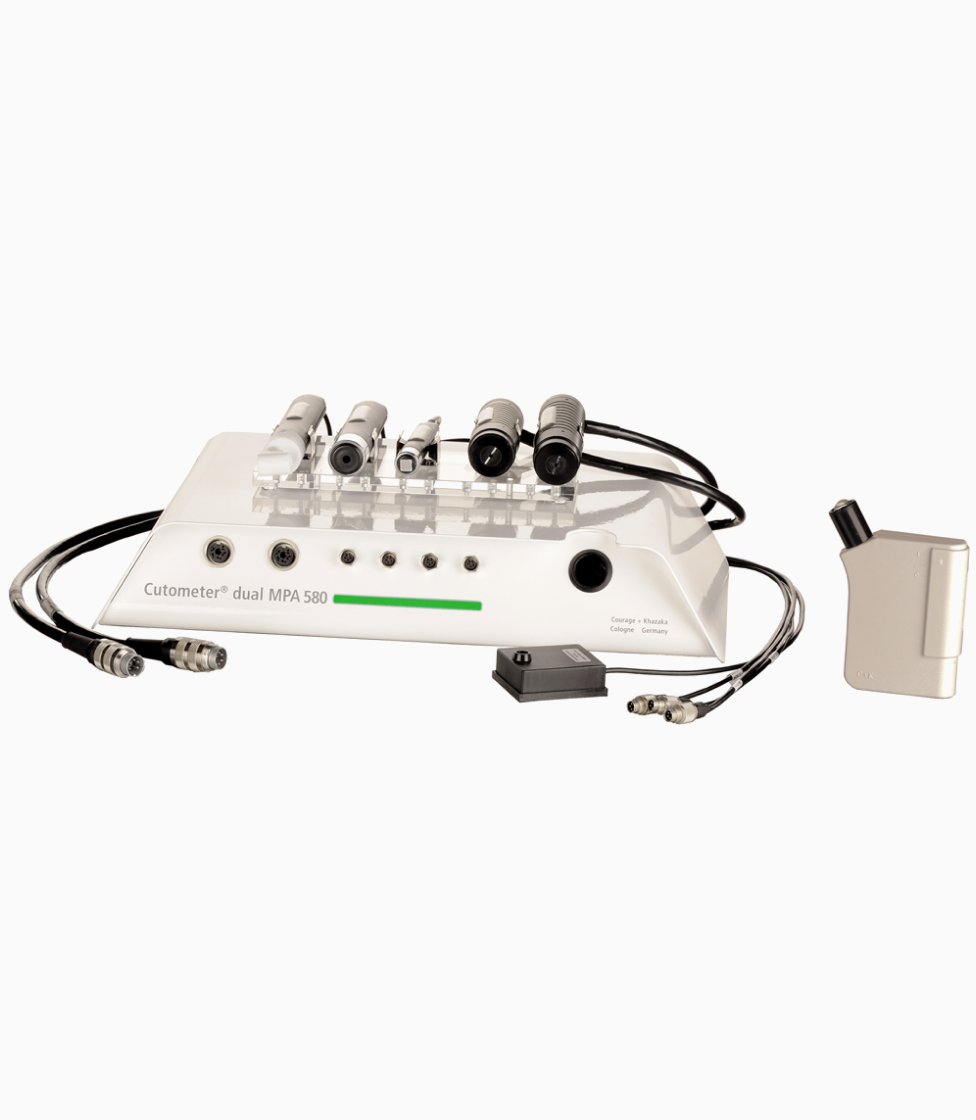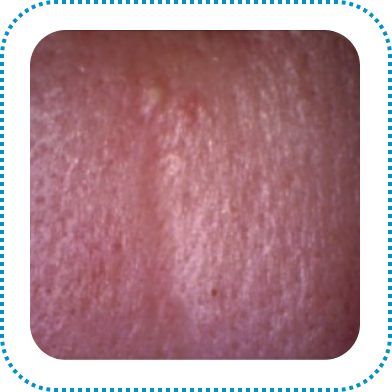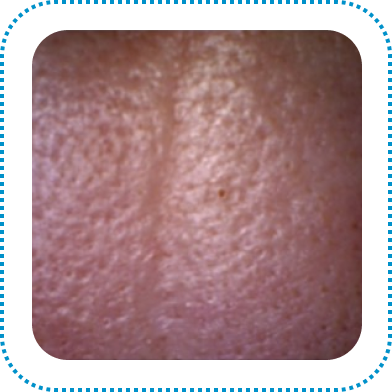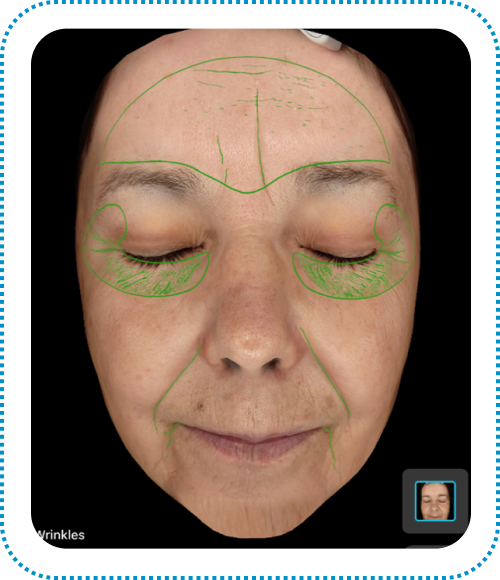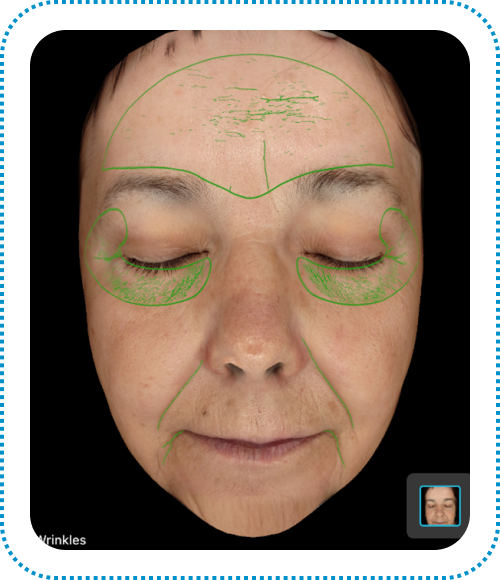Skin ageing
Skin ageing is a natural process, which occurs due to a combination of external (extrinsic) and internal (intrinsic) factors. Both factors lead to a loss of structural integrity of the skin and its function. The understanding of cell ageing mechanisms and the effects of different factors on the skin can help determinate ways to influence premature skin ageing and help reduce the visible signs of skin ageing.
Extrinsic skin ageing is a result of a combination of environmental factors, such as exposure to sunlight, pollution and lifestyle (smoking, diet, skincare etc.). Powerful effects of the UV light on the skin are often referred to as photo-ageing. Unlike intrinsic ageing, extrinsic skin ageing can be alleviated and reduced to a certain degree.
Intrinsic (chronologic) skin ageing is a genetically determined process, which makes it beyond our control. It is an inevitable process, which affects every individual but at variable genetically determined rates. Hormonal changes, such as decreased levels of estrogen, are another intrinsic factor that greatly affects skin ageing.
The underlying cause of extrinsic skin ageing is oxidative stress. Skin's ability to fight oxidative stress decreases over time, which leads to skin damage. Oxidative stress is mainly caused by exposure to UV light, which generates reactive oxygen species (ROS) or better known as free radicals. The latter cause premature ageing by breaking down components of the extracellular matrix, such as hyaluronic acid, elastin and collagen fibres, as well as lead to DNA damage. Prolonged UV exposure also promotes inflammatory processes and leads to immunosuppression.
